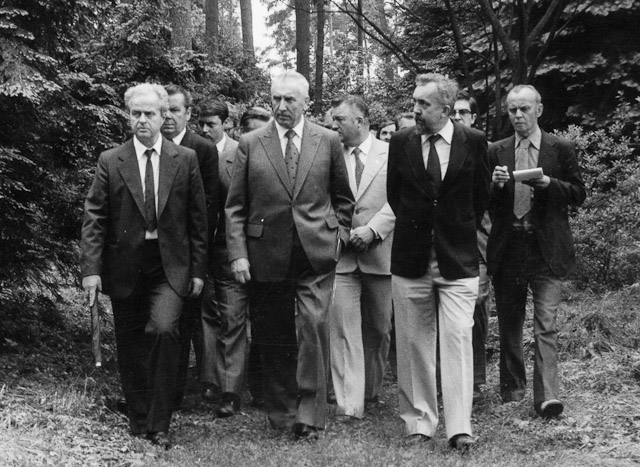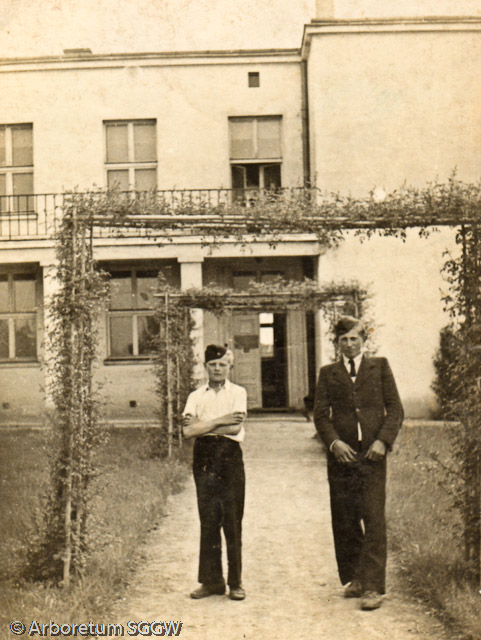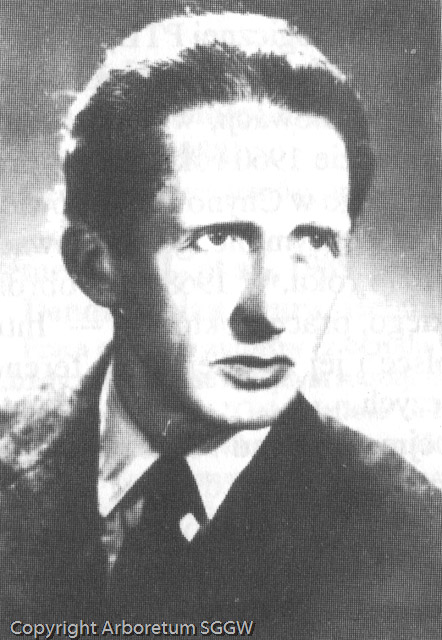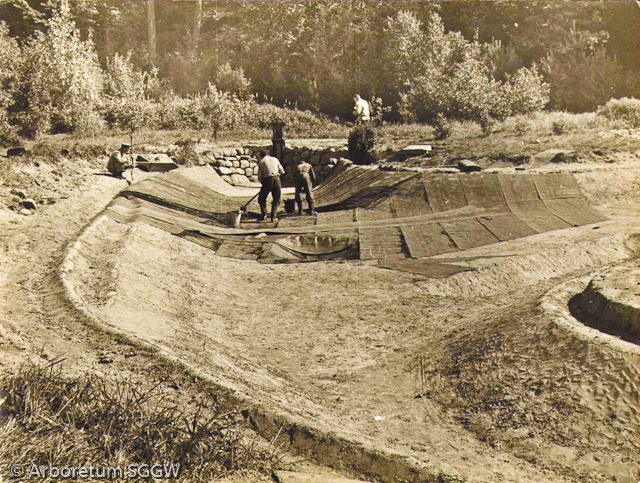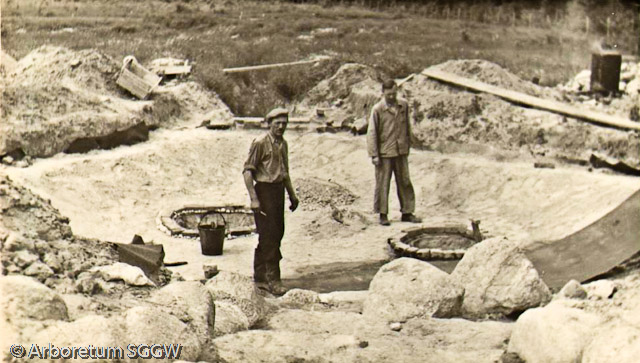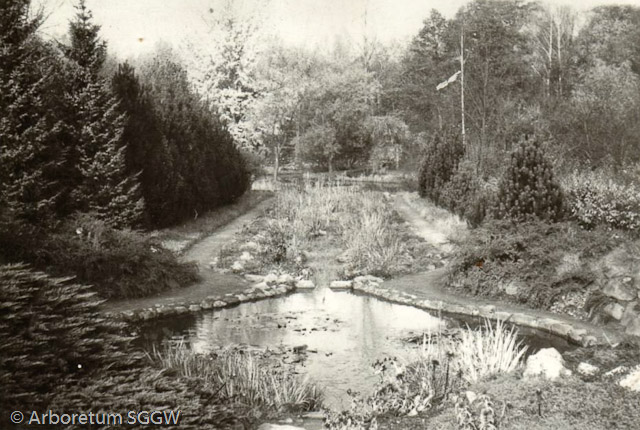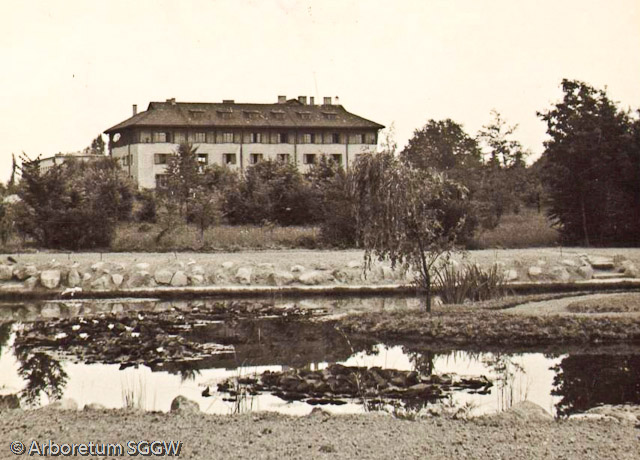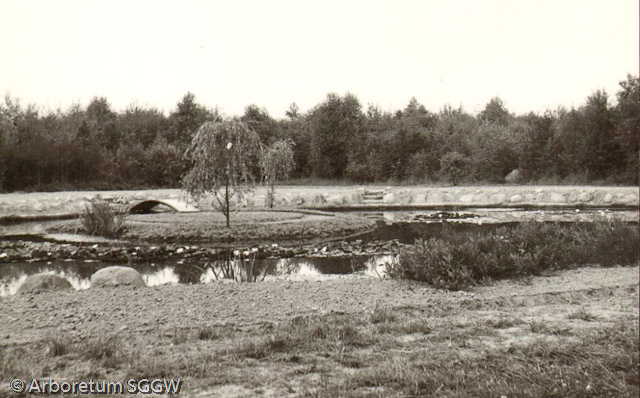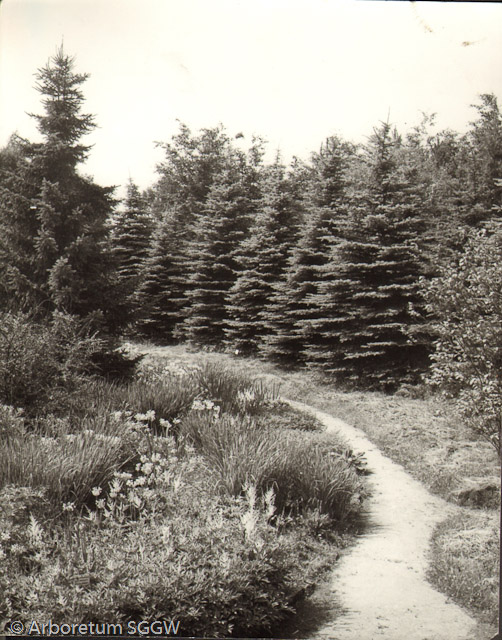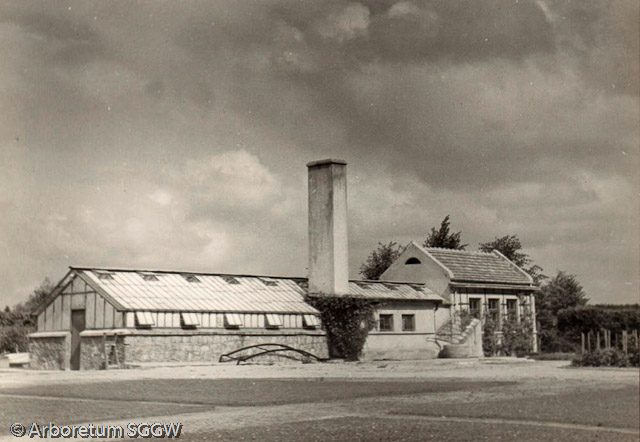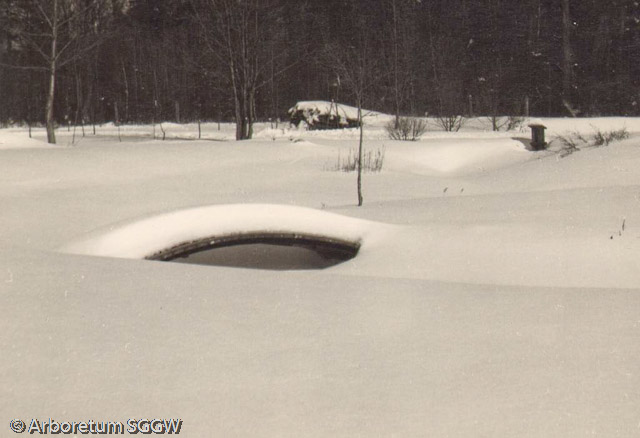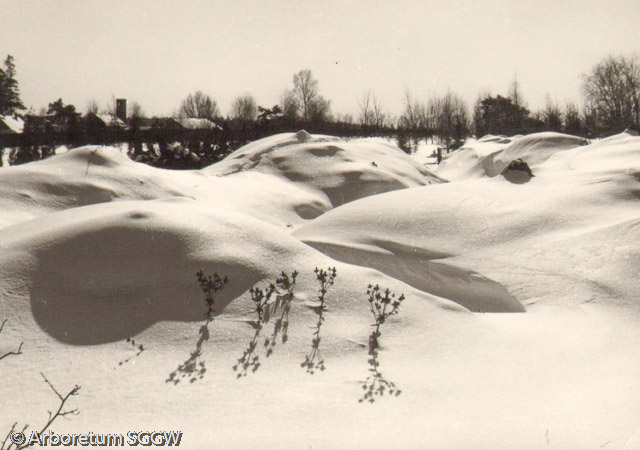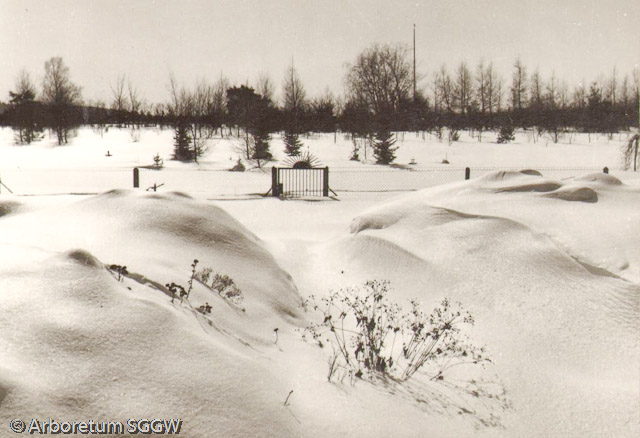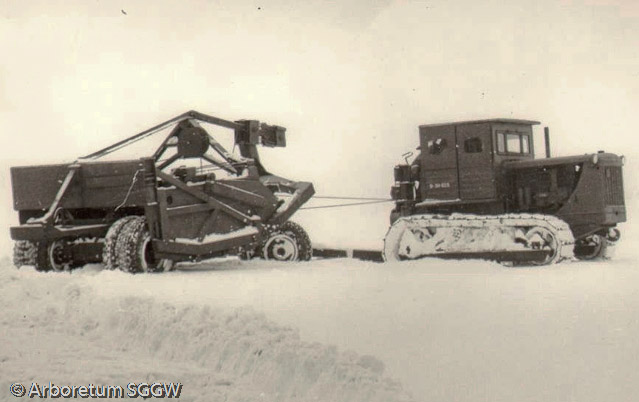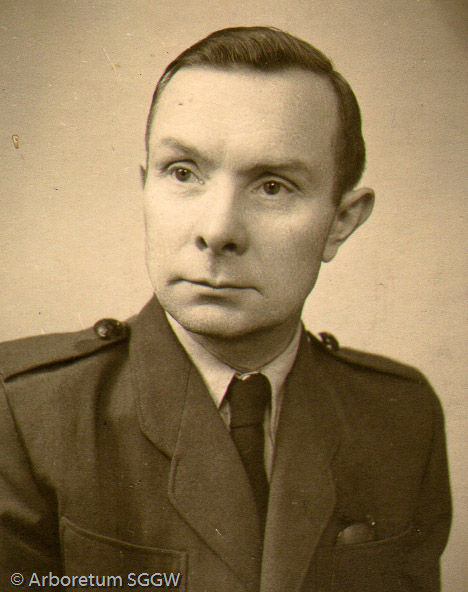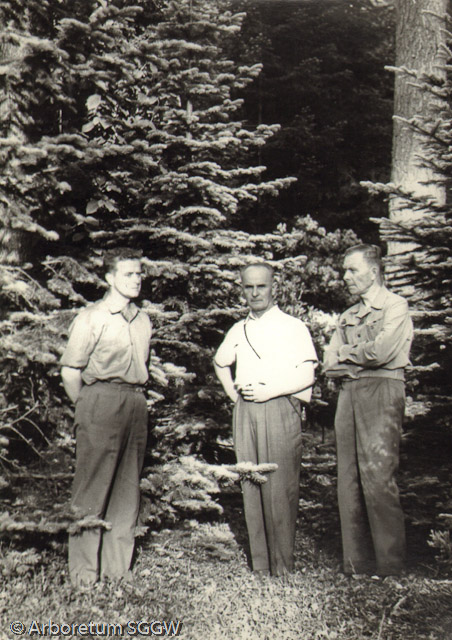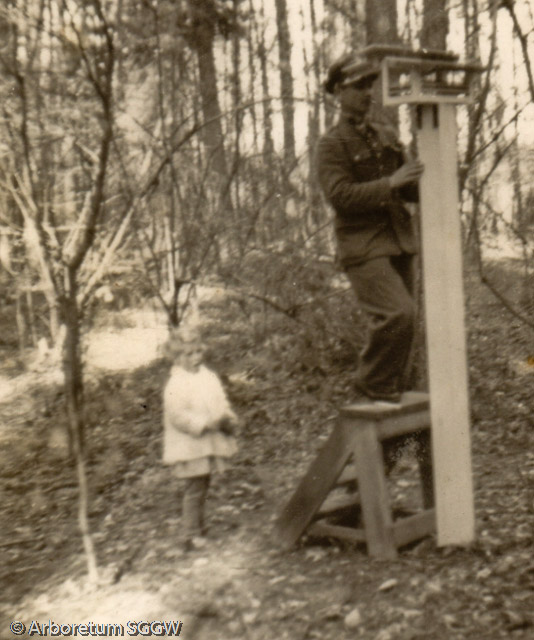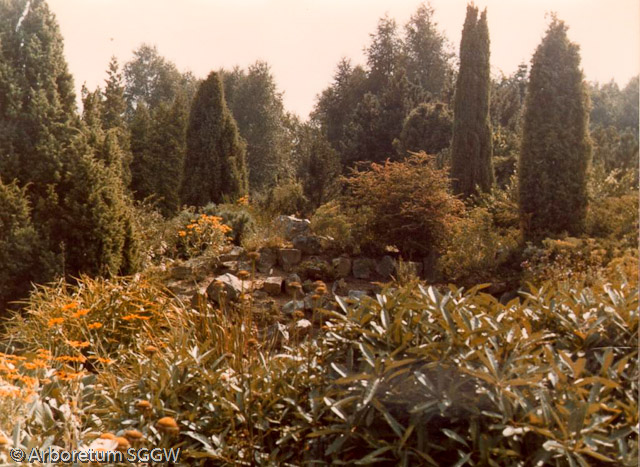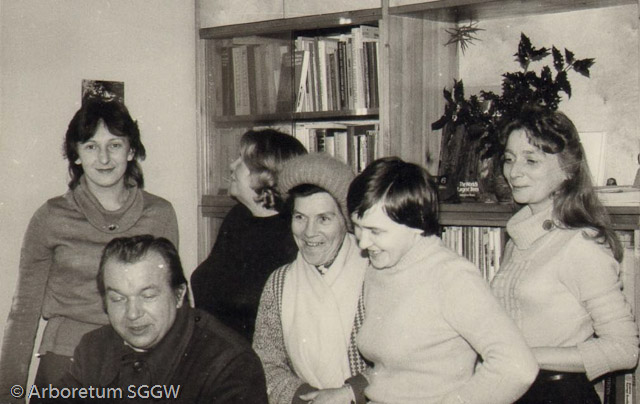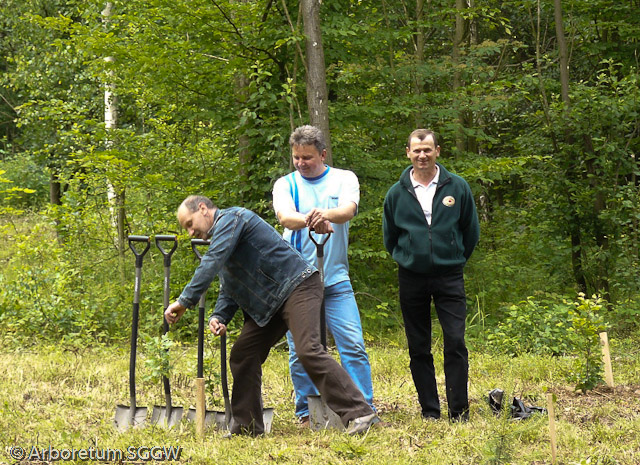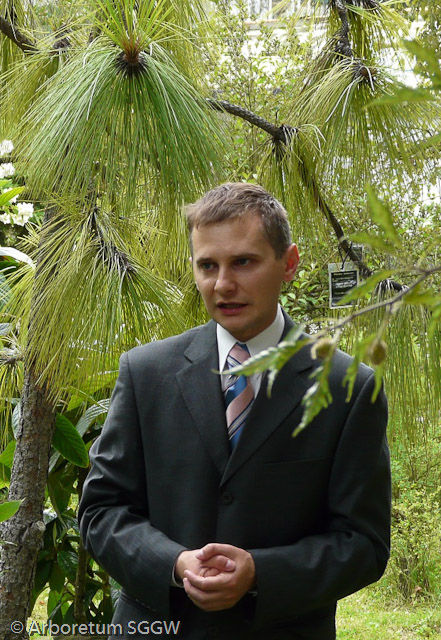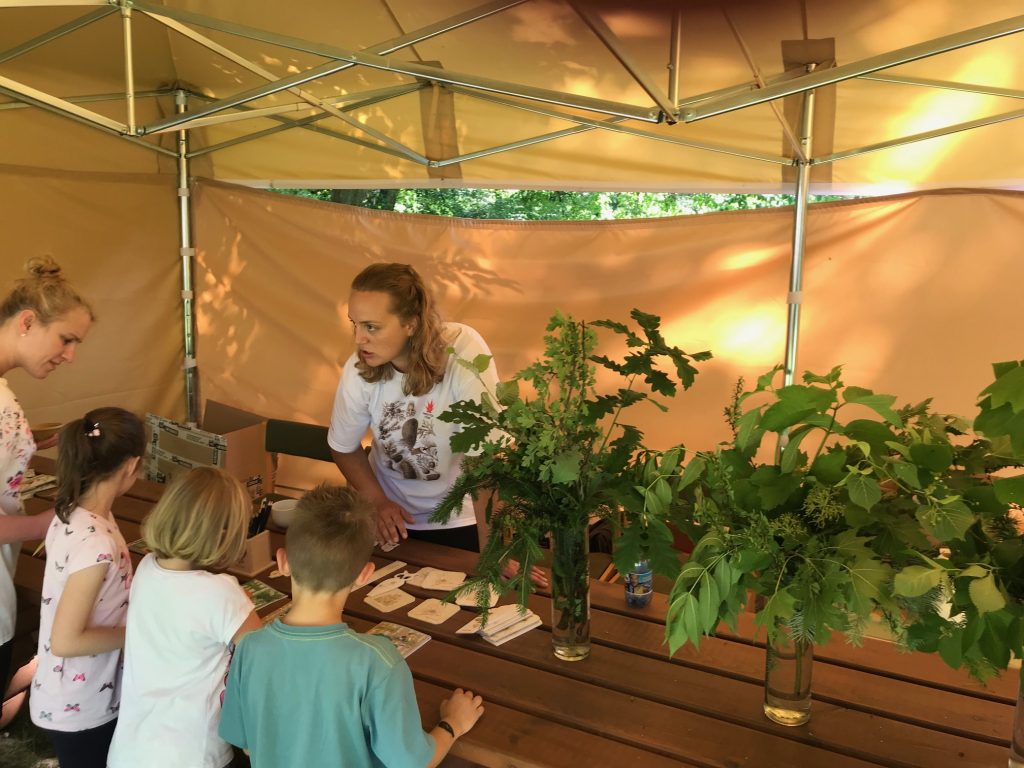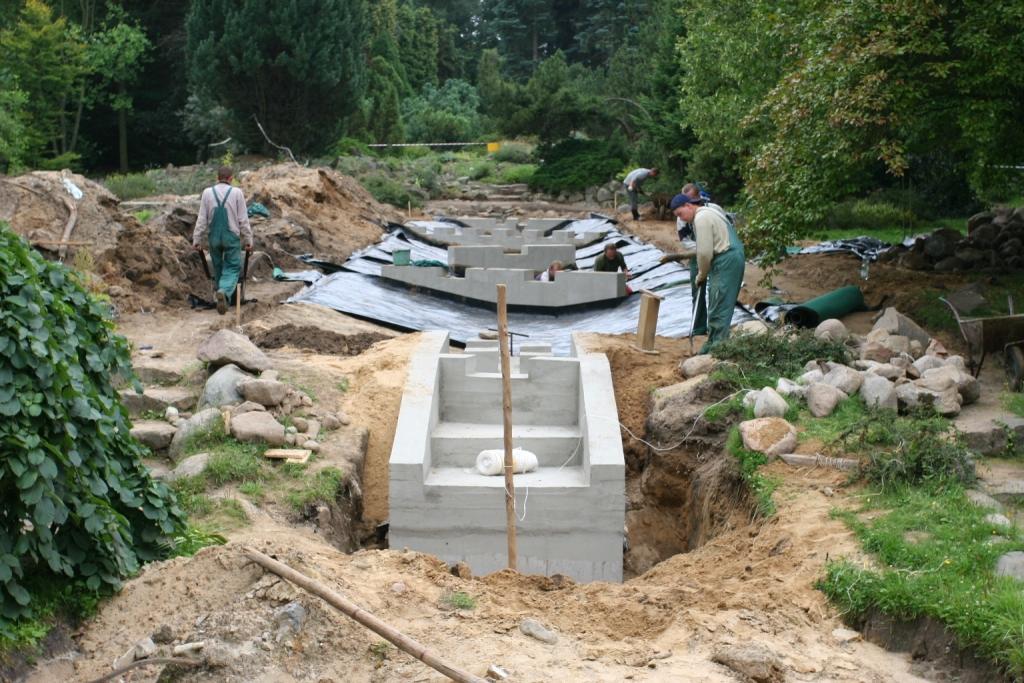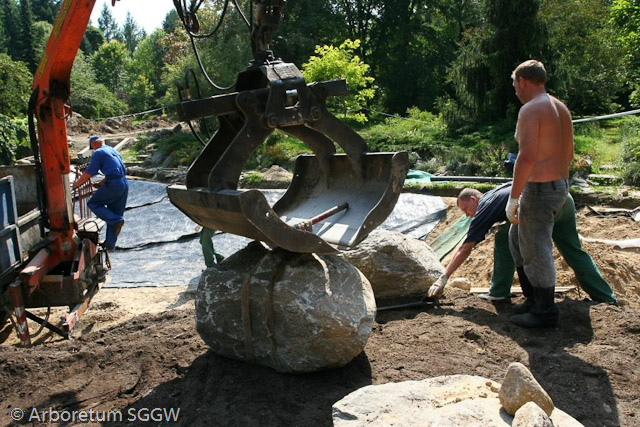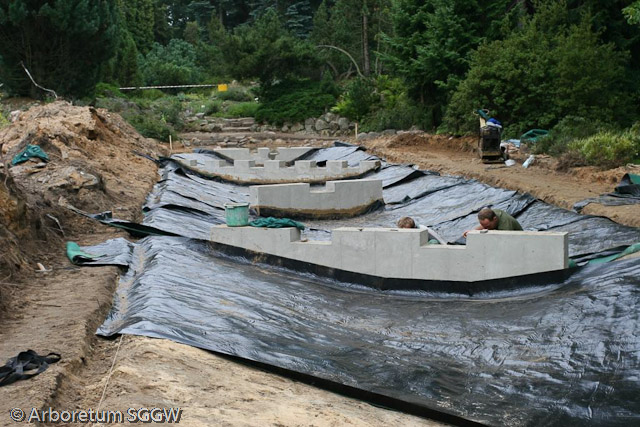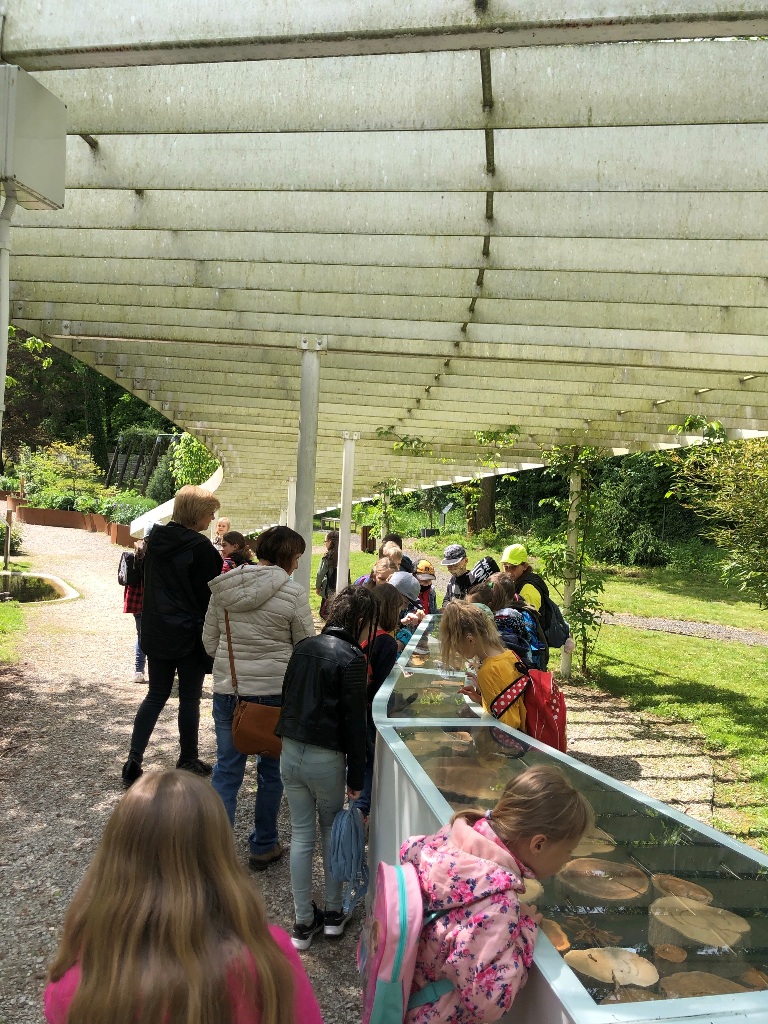Views: 223
The History
of the Arboretum
Tourist's essentials
The History of the Arboretum
The Arboretum was established in 1923, not long after the Minister of Agriculture and Public Estates, on 5th July 1919, had handed the Skierniewice Forestry Inspectorate over to the Warsaw Agricultural University (the old name of Warsaw University of Life Sciences) for the purposes of science and research. The University waived the right to part of the area, keeping for itself the land which is currently the site of the Rogów Forestry Inspectorate. Here, in 1923, the headquarters of the University’s Experimental Forests was built.
In 1925, Professor Edward Chodzicki, the Arboretum’s first head, established the first experimental plot, where he planted Pseudotsuga menziesii. Now over 38m in height, these are the tallest trees in the Rogów area.
Before World War II, only experimental plots were laid out and some 100 foreign species of trees were planted. At the time, the gardens covered a total area of 61.58ha. However, due to the lack of permanent staff, the arboretum’s development was very slow. Moreover, after the war, the number of species fell to 51 due to the lack of ongoing care and the effects of two very severe winters.
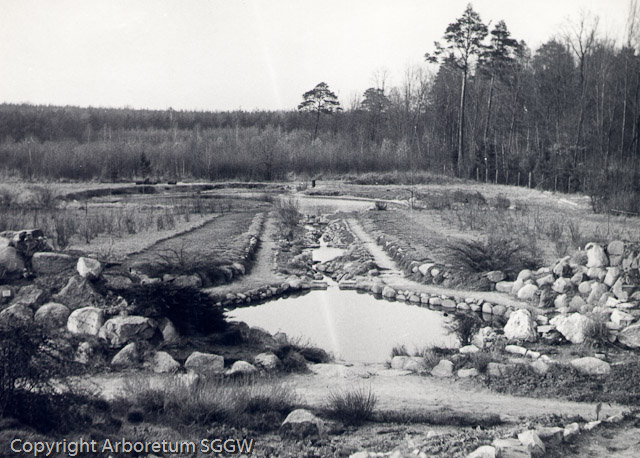

In 1947, the University’s Department of Forest Botany, headed by Professor Roman Kobendza, took over the academic care of the Arboretum, while the direct care of the gardens fell to Tadeusz Szymanowski, a Department doctoral teaching assistant since 1st June 1945. At the time, the Arboretum had no permanent staff members in Rogów. The work there was supervised by Edward Paprzycki, M.Eng. a senior tutor at the Forest Management Unit, while the work itself fell to the personnel of the Forestry Inspectorate. During this period, it was, first and foremost, Tadeusz Szymanowski who instigated the Arboretum’s dynamic development. It was then they began the work of laying out a growing number of new experimental plots and nurseries and new equipment, essential to the husbandry of stands of trees, was purchased. New species were introduced, primarily from the Arboretum in Kórnik.
In 1951, Henryk Eder, Eng. became head of the Arboretum. Totally committed to the modernisation of the garden, he drew up a survey map, laid out the network of roads, established nurseries and built both utility facilities and a greenhouse-propagation house. In consequence, he was able to increase the Arboretum’s plant collection. During this initial period, an enormous amount of support was given by other botanical gardens and, first and foremost, by the Kórnik Arboretum. This took the form not only of plants, seeds and cuttings, but also of valuable advice and consultations, provided by Professors Stefan Białobok, Kazimierz Browicz, Henryk Chylarecki and, particularly, Professor Wladysław Bugała, a fairly frequent guest at the time and Henryk Eder himself, who often visited Kórnik.
In 1953, a swimming pool was built alongside the student hostel. Henryk Eder decided to use the piles of earth from the pool excavations as the foundations for an alpine garden. In addition, he laid out a dendrological park close to both the hostel and the University’s scientific laboratories. The design of this park formed the basis of Dr. Włodimierz Seneta’s thesis, prepared in 1951, at the University and subsequently at the Landscape Architecture and Park Study Unit, under the supervision of Professor Władysław Niemiec (Niemirski), architectural design engineer. For economic reasons, Eder was, unfortunately, unable to employ Seneta’s design brief to the full. In the main, the park held ornamental plants, namely, Weigela, Deutzia, Philadelphus, Spiraea, Juniperus and Thuja.
1.5ha. of agricultural land was used to create the alpinarium, which adjoins the Arboretum at the very point where the dendrological park was laid out. Eder employed over a dozen local residents and, travelling around the surrounding villages, launched the gathering of granite stones. He also obtained limestone, thanks to which he was able to create the conditions under which calciphilous plants would grow. Work on creating the alpine garden continued until 1960.
In 1952, Eder published the Arboretum’s first seed catalogue (Index seminum). In this way, he initiated an annual exchange of seeds with over 400 botanical gardens and arboreta throughout the world. Today, this is still a key source for obtaining new species of tree and shrub. In addition, from the outset of his directorship he kept scrupulous records of both the plant collections and the forestry experimental area.
In 1966, Henryk Eder, Eng. retired and his successor, who was to remain for many years, was Assistant Professor Jerzy Tumiłowicz, who had been on the Arboretum’s staff since 1959. The number of forestry experimental areas continually increased, as did the dendrological collection, which gradually became one of the most abundant in the country.
Since 2002, the duties of head have been performed by Piotr Banaszczak, M.Eng.
